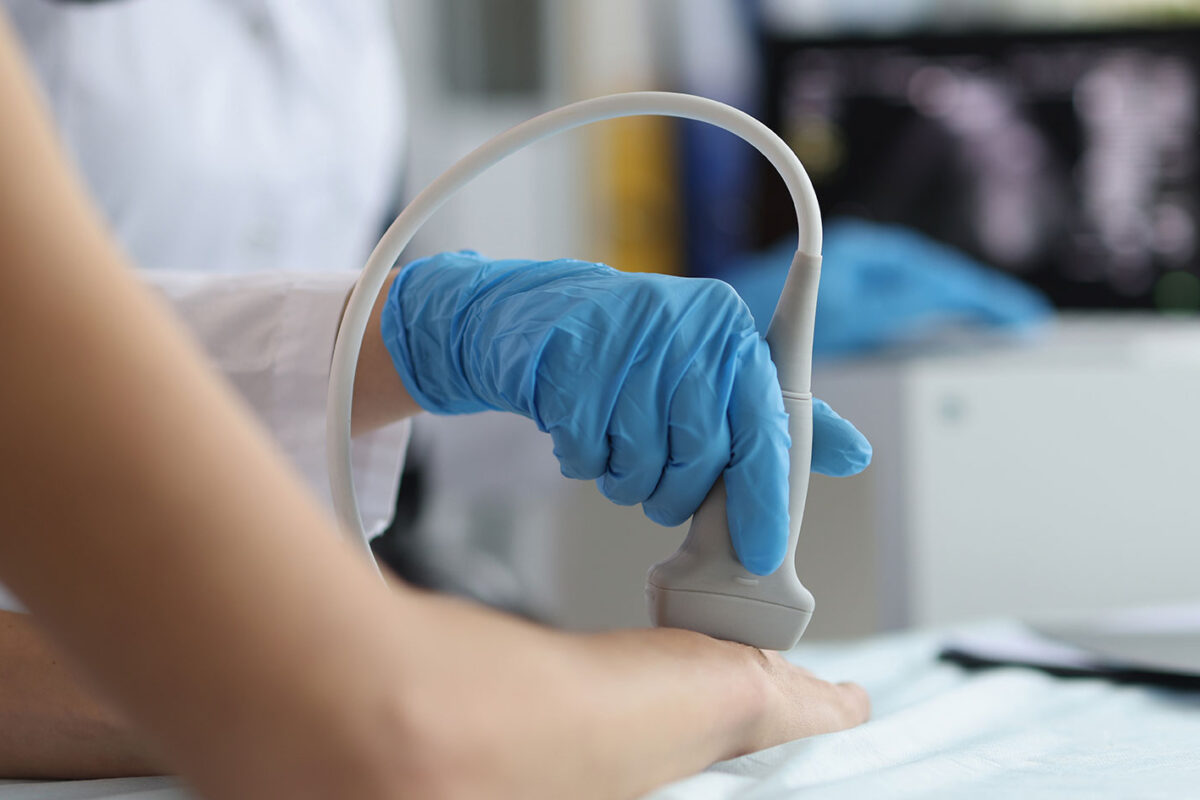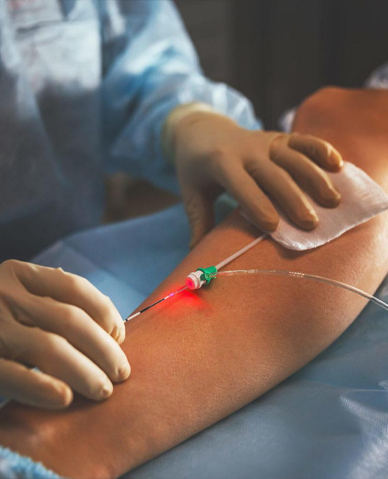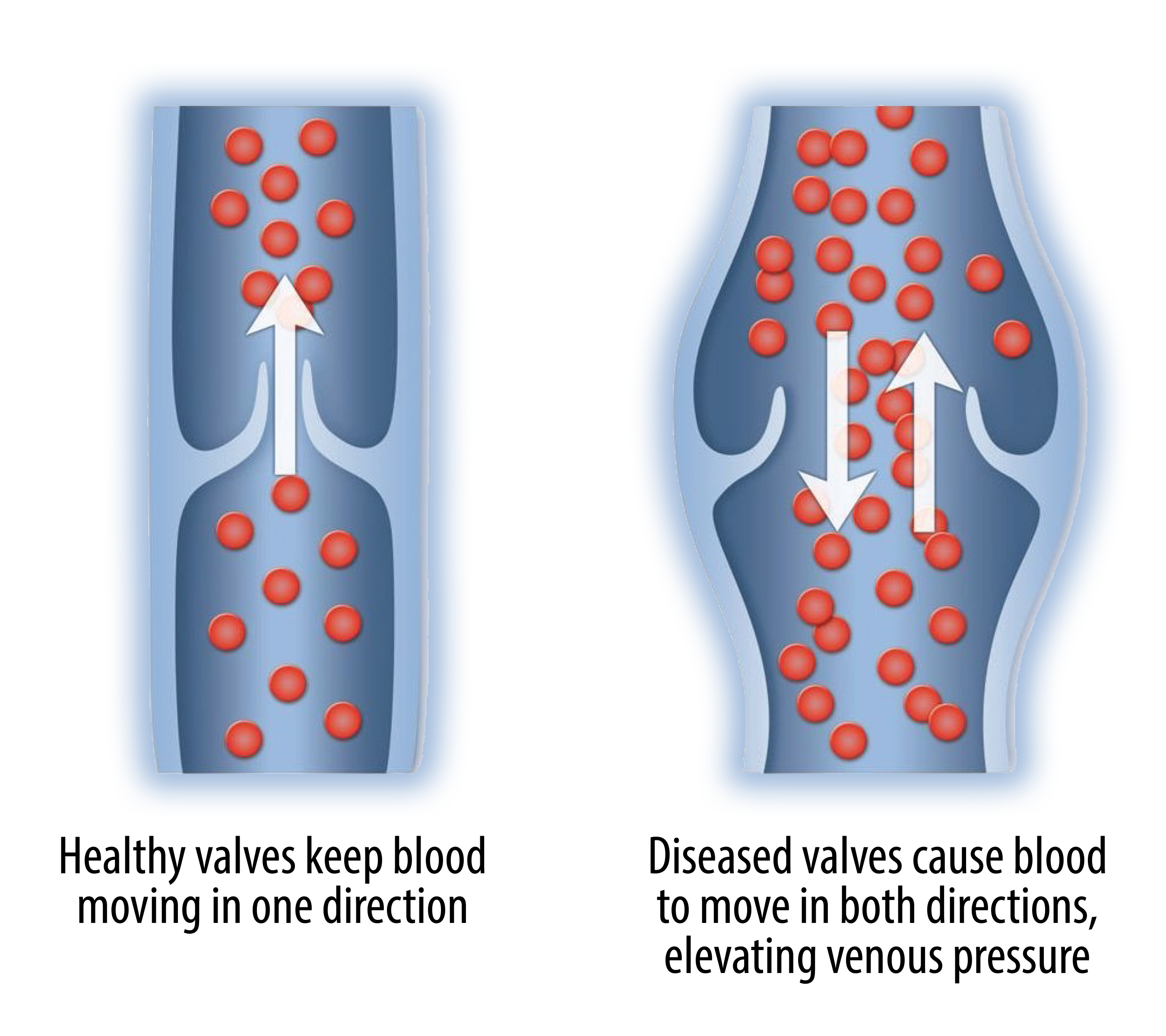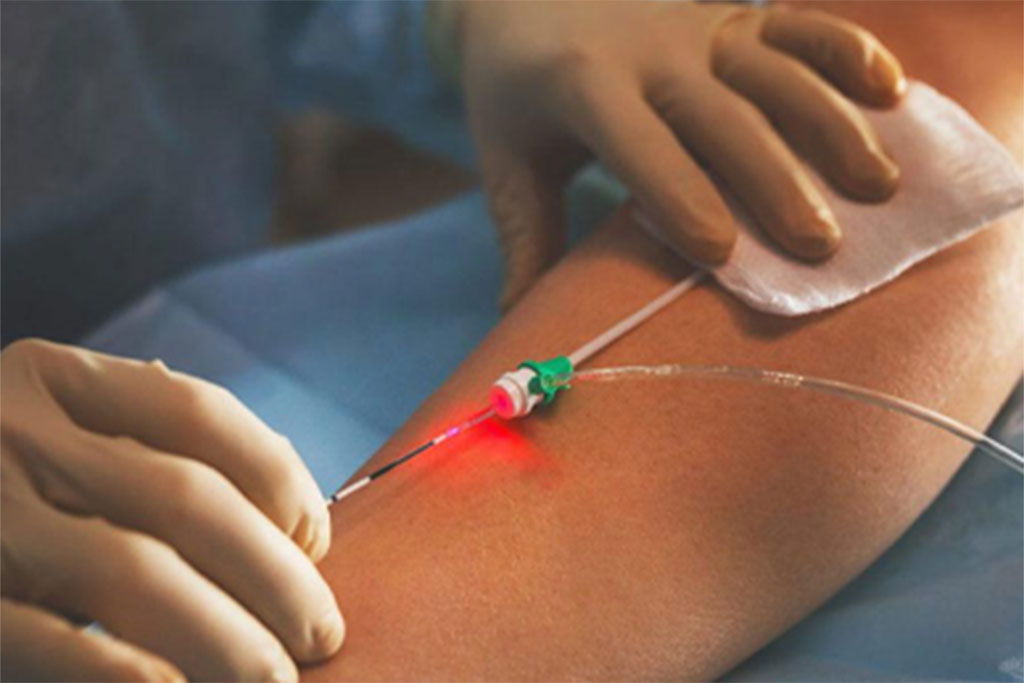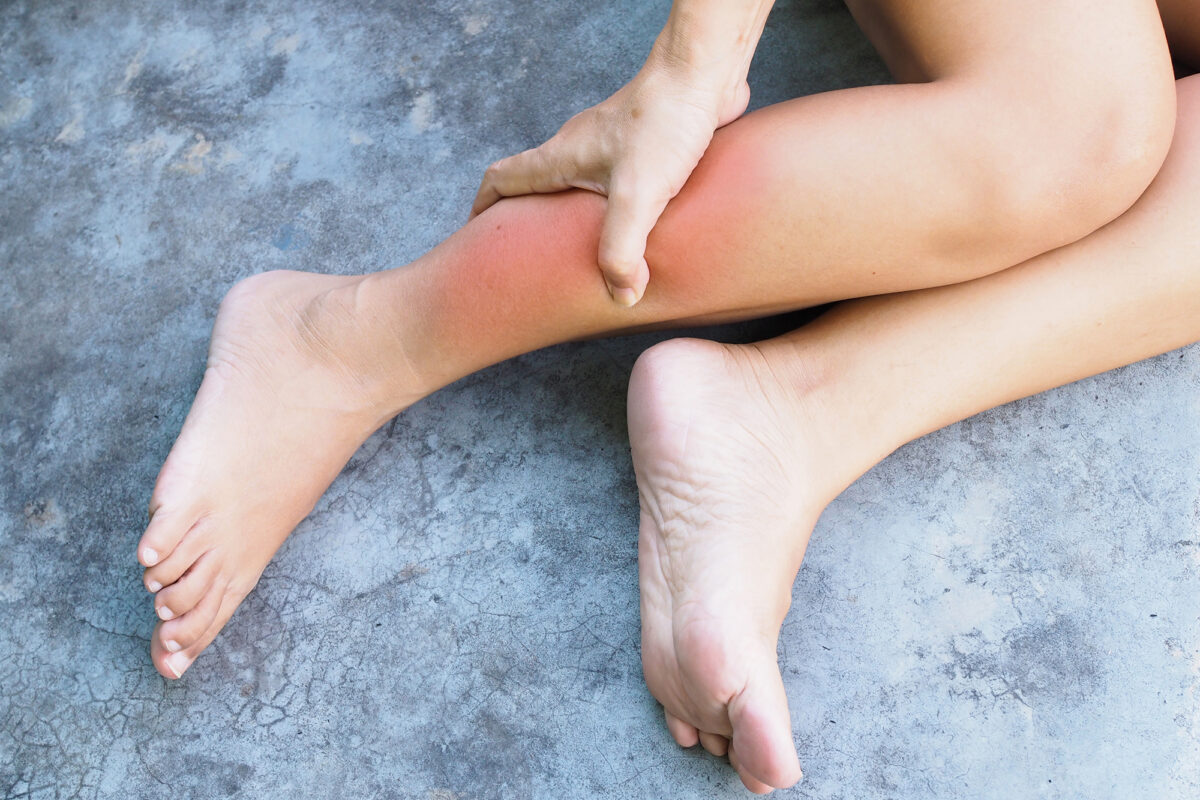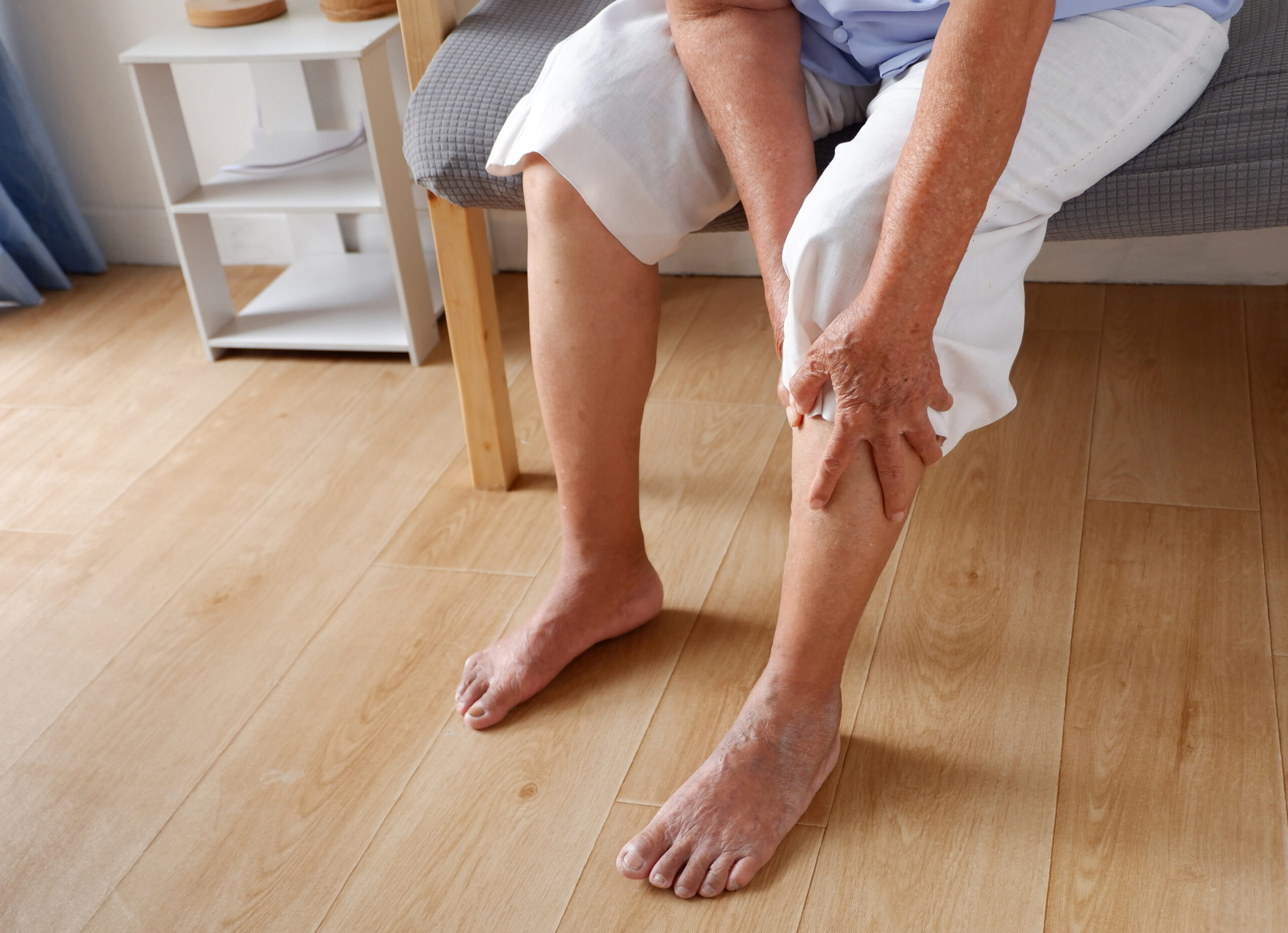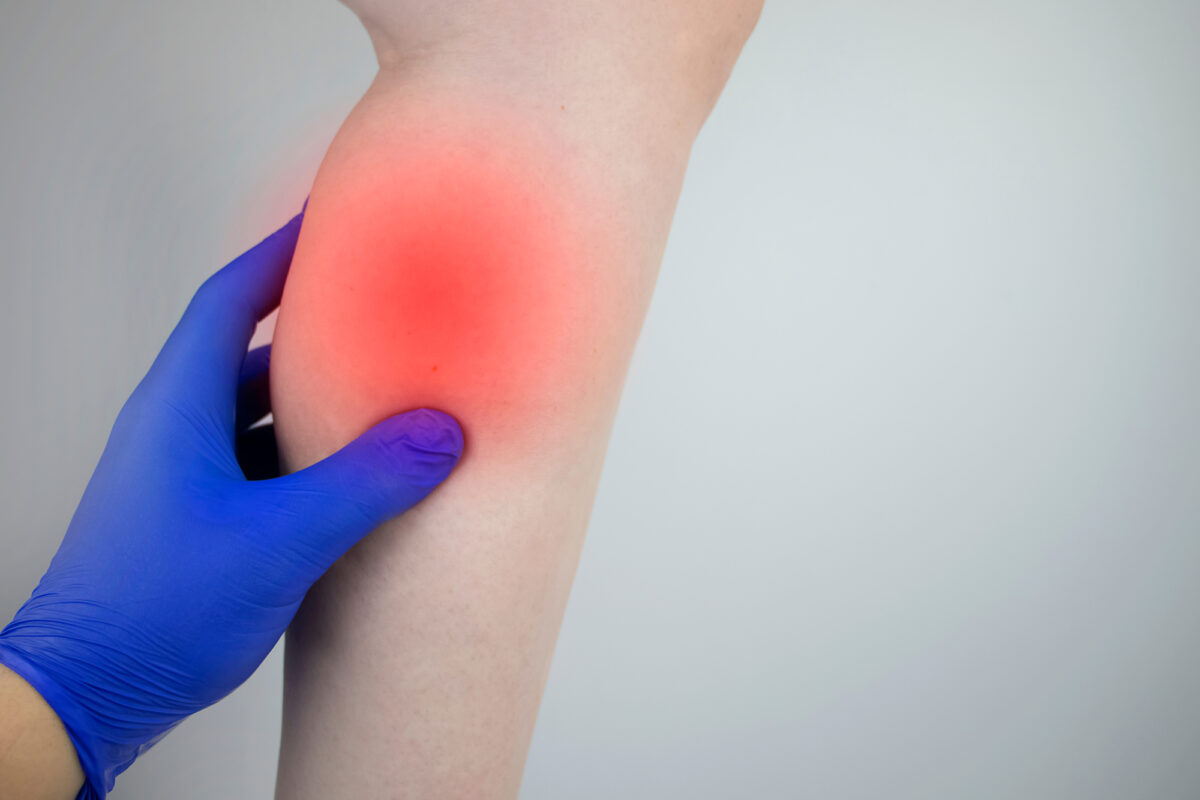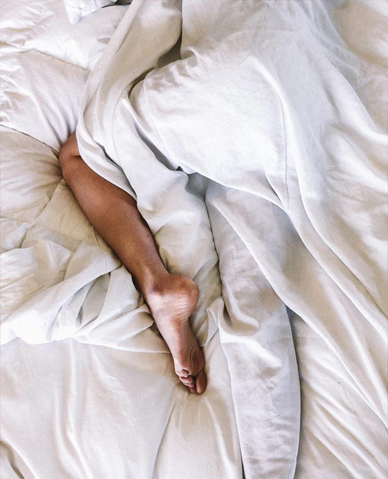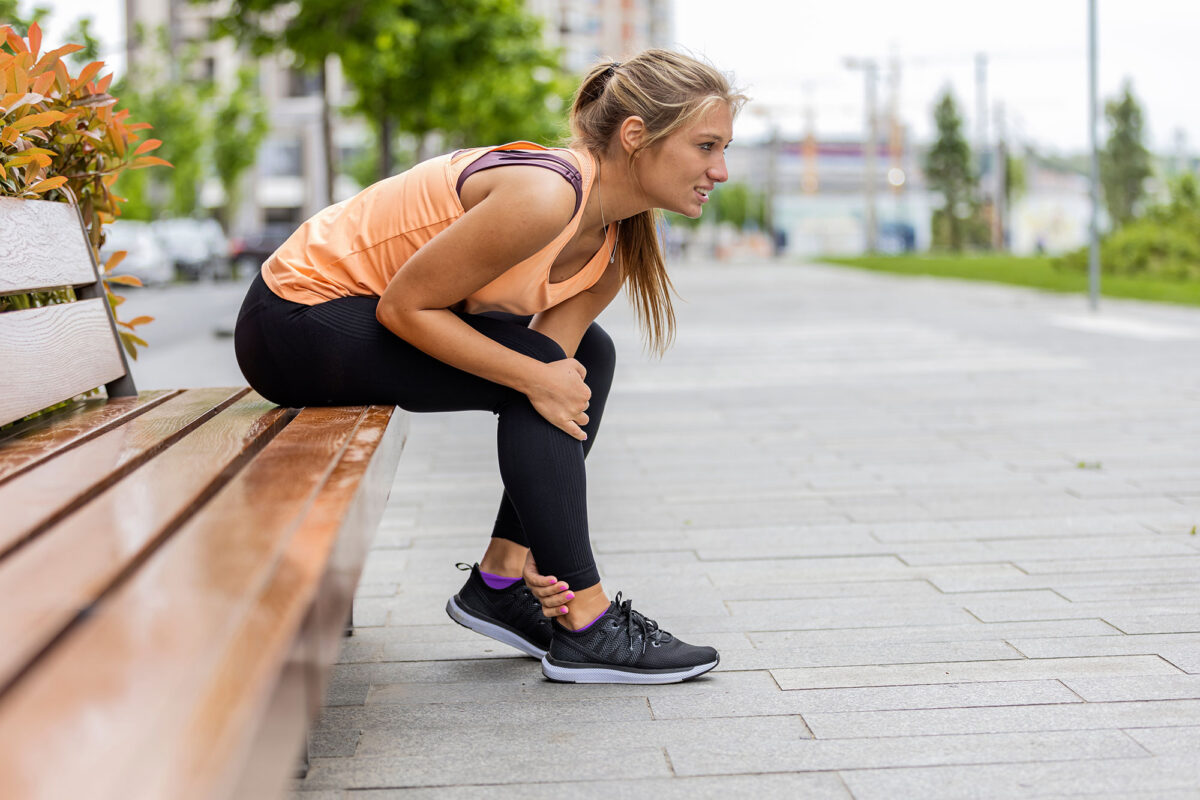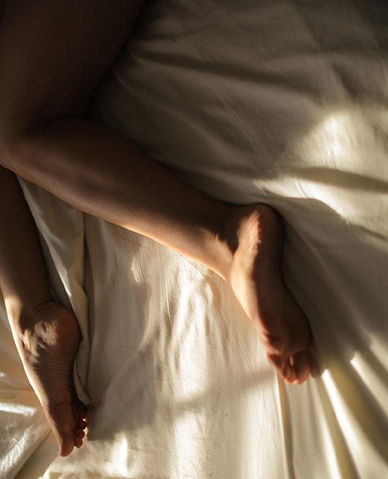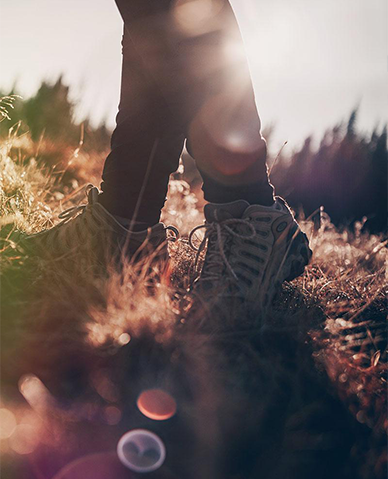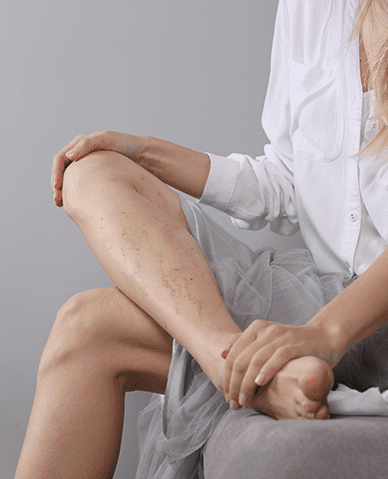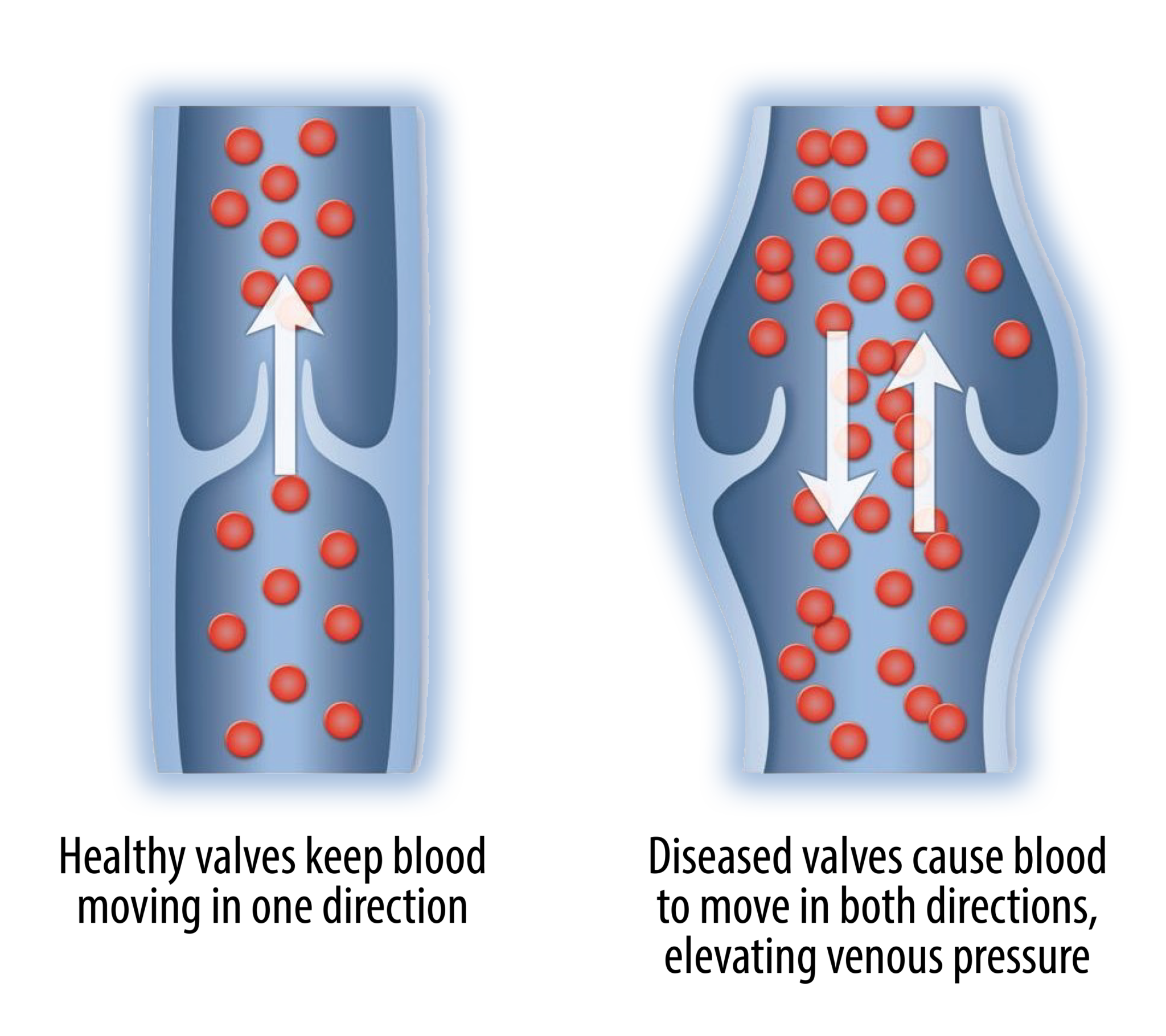Poor Blood Circulation: Causes, Facts, and Treatment
A narrowed or blocked artery is a very common condition, and it simply refers to poor blood circulation, which a blood circulation doctor specialist can quickly diagnose. A variety of symptoms can result from less blood flow to affected areas. A person can experience pain, numbness, or tingling in their feet and in their arms.
It’s common for people to feel fatigued, have heavy legs, or have an overall sense that something is wrong that they cannot fully explain. The ability to move freely and exercise effectively is often limited by unexplained aches and pains for people who are actively trying to improve their fitness. But why?
A blood circulation doctor specialist will tell you some of the valves in your veins aren’t working properly. A valve’s function is essential in preventing trapped blood in the legs and feet, as well as returning that blood to your heart.
Understanding the Basics
Your body’s blood circulation all comes down to your veins and your heart, which pumps blood throughout the body through its four chambers — two atria and two ventricles. During contractions and relaxations, your heart does the job it’s made to do.
Blood is pumped into your arteries when the heart contracts, carrying it to every part of your body, with the same blood cells returning to the heart through your veins. Your circulatory system does more than supply cells with oxygen and nutrients and remove waste products. It also controls body temperature and blood pressure.
A blood circulation doctor specialist can see why you’re having circulation issues by assessing your problems through modern-day testing and a thorough review of your specific symptoms.
Symptoms of Poor Blood Circulation
Different areas of your body may experience different symptoms from poor circulation. It can cause coldness and numbness in your hands and feet, swelling in your legs or arms, slow-healing sores on your body, changes in your skin color (paleness or blueness), muscle cramps, fatigue, or shortness of breath.
If you experience any of these symptoms, you should visit a blood circulation doctor specialist to get a proper diagnosis and the right treatment. You can improve your circulation by doing a number of things. In fact, most people with poor circulation live longer and healthier lives when they seek treatment. The catch? This is only the case when they seek it sooner rather than later.
Causes of Unhealthy Blood Flow
Your blood circulation health can be affected by a number of factors. It’s common for people to experience stiffer and narrower arteries as they age. This obstruction of the flow of blood through your arteries can cause high blood pressure and heart disease.
Moreover, women have a higher risk of high blood pressure than men. As a result of estrogen’s role in causing stress to cause the arteries to tighten, women are more likely to experience artery problems.
It goes without saying that diet and activity also play significant roles. They affect whether you may experience poor blood circulation. Saturated fat and cholesterol can build up in the arteries, narrowing them and making blood flow more difficult. The arteries are kept healthy by exercise, which keeps them flexible and open, so a sedentary lifestyle (severe lack of exercise) must be avoided. As a side note, obesity and excess weight put additional strain on the heart. This also leads to high blood pressure.
It’s also probably no surprise that smoking damages the arteries and makes it more difficult for blood to flow through those arteries. Diabetes can also damage nerves and blood vessels, which may make blood flow more difficult. These last two are very important, as any blood circulation doctor specialist will affirm.
Treatment for Keeping Blood Circulation Healthy
No one can cure poor blood circulation. However, you can manage it and prevent problems in a number of ways. If you are a smoker, quitting is the first step to keeping your blood pressure and cholesterol under control.
Managing your diabetes properly can also be very helpful. It is also a good idea to lose weight, if you are overweight or obese. Maintaining a healthy diet, exercising regularly, and taking medications as directed by your doctor are also important.
Nonetheless, the first step to finding relief is to have a venous mapping ultrasound performed by a trustworthy blood circulation doctor specialist. A vein mapping ultrasound has no side effects, and there is no pain or radiation.
This quick, non-invasive procedure can determine if you have dilated or stretched-out veins in your legs. These veins may cause pain, poor blood circulation, and other symptoms. It helps identify medical conditions and guide treatment. It creates a “map” of the blood vessels in your body.
Ultrasounds send sound waves through your blood vessels. Then they convert them into images. These images show whether your veins are dilated or stretched. It measures the width of the veins and reflux, which is the flow of blood in the wrong direction.
Wellness and Pain Can Help
You are not alone. Poor blood circulation takes a toll on daily living. Discovering the cause doesn’t have to cause you trouble anymore. Chronic pain sufferers tend to see multiple doctors to figure out what’s causing their pain.
Blood circulation treatment options are available at Wellness and Pain. Our team of doctors and specialists offers minimally invasive, quick-recovery options and surgery. We can help keep you free of blood circulation problems by providing lifestyle education and home care advice to help you avoid and manage problems, quickly relieving the pain.
We personalize patient care plans based on each patient’s condition and unique circumstances. Together, we can increase mobility, prevent further injuries, and improve your overall health.


